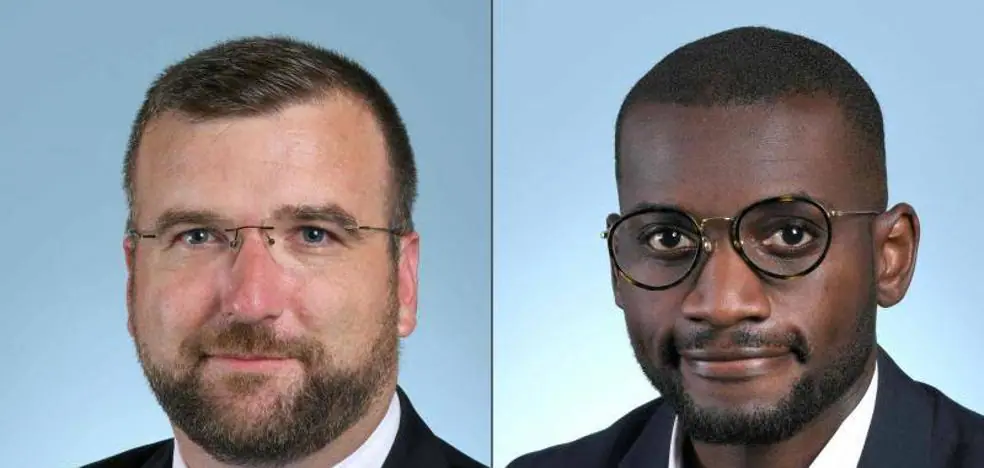In the Hus area, extreme measures are now being resorted to in order to have enough money. Several emergency rooms may be closed completely.
Ore the door of the hospital’s joint emergency room opens, and sometimes an ambulance turns in through the adjacent lift door.
Working as a nurse in the emergency room Jere Laiti says that the day has been busy since morning. During the morning shift, around 50 patients have already been admitted.
Malmi is used to the rush.
“When I started in 2016, the rush was the exception. Then extraordinary rush is everyday today,” he says.
Due to the rush, it’s not only Malmi’s emergency room that is being rushed, but the problem is nationwide.
Nevertheless, the cost-saving measures planned by Husi also target emergency rooms.
Helsingin sanomat newspaper on Wednesday, September 28, received the list of next week’s meetings of the board of the Hus corporation. The list is harsh reading.
Malmi Hospital’s joint emergency room and emergency department may be threatened with complete closure.
Also on the savings list are the termination of joint emergency rooms and trauma emergency rooms at Lohja and Porvoo hospitals.
In Lohja, this would practically also mean the closing of the maternity hospital, because the anesthesia needed for emergency sections would no longer be available around the clock.
Read more: “Clear misogyny” – In Lohja’s maternity ward, there is fear of the threat of termination and birth congestion
Closing the emergency room in Porvoo, on the other hand, would increase the distance from the edge of the province to the nearest emergency room to more than a hundred kilometers.
There would also be as yet unspecified changes to the operation and emergency room of Raasepor Hospital.
As normal day, around 150–180 people apply to Malmi’s emergency room.
Stopping Malmi’s emergency room would mean directing these emergency patients elsewhere.
In practice, this would mean the accumulation of emergency patients in the combined emergency rooms of Meilahti, Peijas and Jorvi.
The emergency rooms, which are already struggling with an excessive number of patients, would therefore have to take in many times more patients.
For example, in Espoo’s Jorvi emergency room, ambulances have already had to be queued due to congestion, news HS earlier in the fall. The planned termination of Lohja’s emergency room would force patients to be directed to Jorvi or Helsinki, which are already blocked.
Is there any way to do this in practice?
“We have discussed this with colleagues in the department, and the equation seems incomprehensible,” says Laiti.
Even now, some patients have had to wait several days at Malmi’s emergency room for further treatment. Most of the time, the patient gets from the emergency room to follow-up care within about four hours. According to Laid, this is what we aim for, and most of the time we achieve it.
Continuous rush still causes problems.
“Hurry in itself causes dangerous situations when ongoing situations are constantly interrupted.”
Treatment errors increase with the rush, and people in poor health are left without supervision.
“Before, there was time to actually meet the patients and really find out how the patient is doing,” describes Laiti.
The speed in the emergency rooms has gradually accelerated year by year.
Huss the management has calculated that the abolition of emergency services would bring savings of approximately 18 million.
In addition, the purpose is to save approximately 20 million with a productivity program that affects all units in some way. The agenda does not yet specify how.
We want to cut 18 million from ICT costs.
Husi’s management has previously calculated that up to 95 million euros are missing from next year’s funding.
The Hus corporation will make the first guidelines on cost-saving measures at its Monday meeting. The actual savings are to be decided at the end of this year. Details of how the abolition of emergency services would be implemented are not yet known.
About money it is still not decided only within Hus.
After the social security reform, the funding of social and health services will come from the state. In Uusimaa, the four welfare regions and Helsinki give part of the money they receive from the state to Hus.
Many HS’s interviewed politicians opposed cuts to emergency departments.
Despite the rush, Jere Laiti enjoys his work on duty, because the work is interesting. A close work team is also of great importance for coping.
Ore the staff of the emergency department is now waiting in uncertainty for what is to come.
The fate of the patients is worrying, because Malmi’s emergency room has served the residents of Eastern and Northern Helsinki extensively.
Despite the rush, Malmi’s emergency room is also a beloved workplace for Laid and the others who work there. A close-knit work team is of great importance.
That’s why the possible termination of the emergency room also feels bad, even though there would certainly be enough work for nurses elsewhere.
On tough days, a team that has worked together for years helps to cope. We also see colleagues in our free time, Laiti says.
“Some have worked at Malmi for more than 20 years, and we have extremely professionals working for us. Malmi has the feeling of a small country hospital.”
#Healthcare #termination #emergency #services #Hus #area #arouses #disbelief #nurse #equation #incomprehensible









